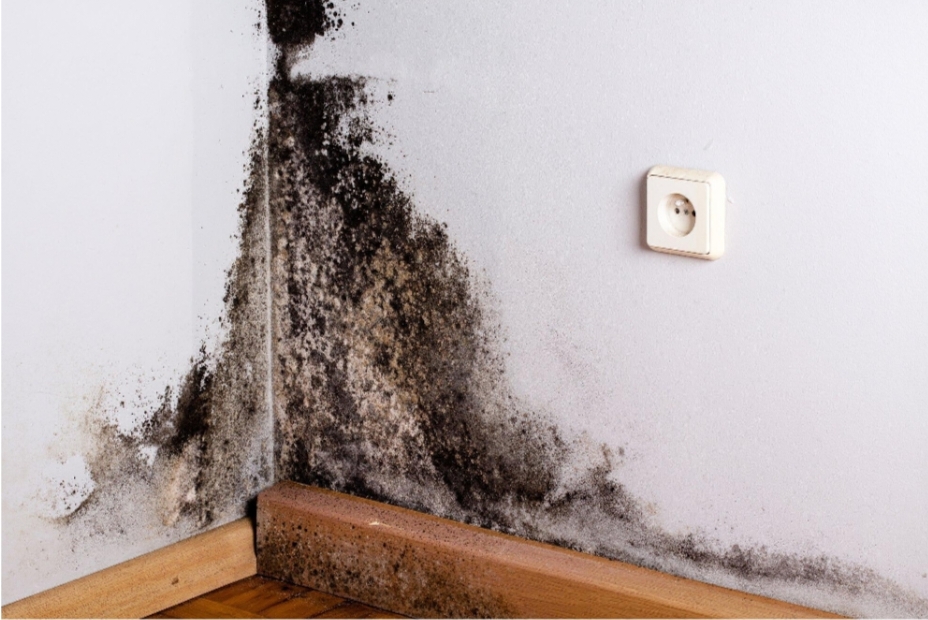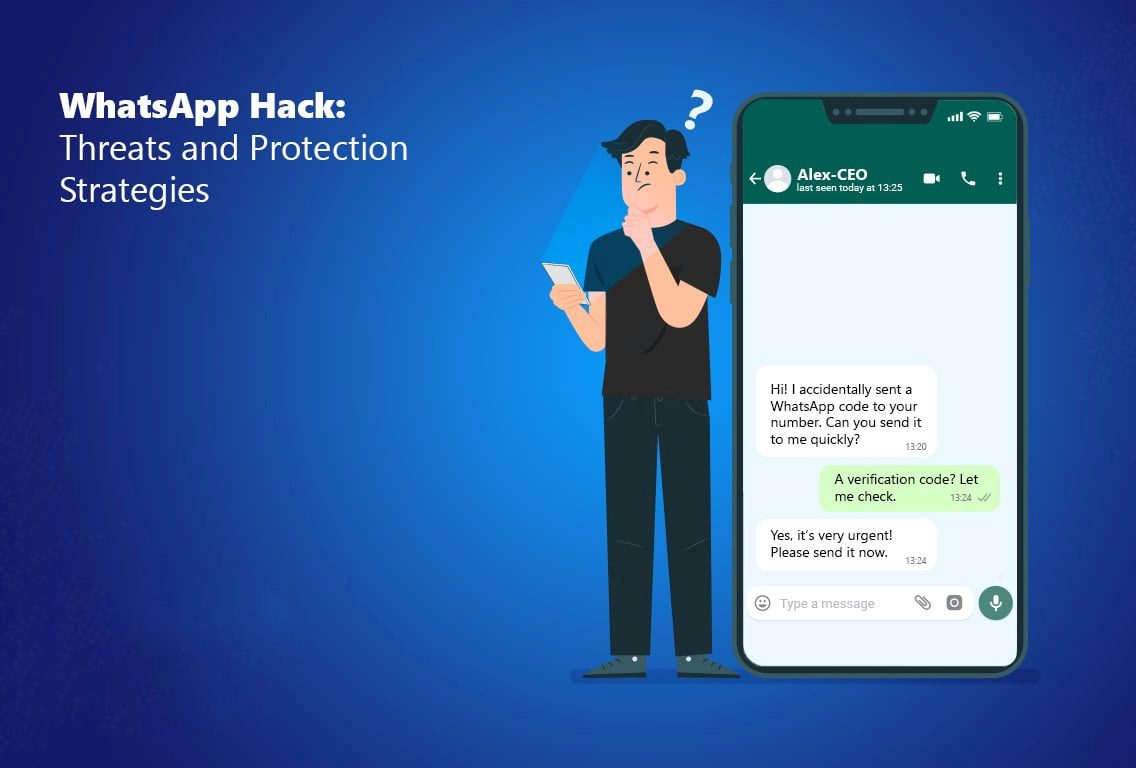
Mold is more than just an unsightly blemish on your walls. It can pose serious health risks and structural damage to your home.
Understanding mold removal is crucial for homeowners who want to ensure a safe and healthy living environment. So in this guide, we’ll walk you through the essential steps for mold inspection, mold testing, cleaning, and treatment. We’ll also provide tips for maintaining optimal air quality in your home.
Let’s dive in!
Contents
Why Mold Inspection Is Critical
Mold inspection is the first step in identifying the presence and extent of mold in your home. A thorough inspection helps pinpoint areas affected by mold and assesses the severity of the infestation.
Early detection through mold inspection can prevent costly repairs and safeguard your health. During the inspection, professionals use specialized tools. They have moisture meters and infrared cameras to detect hidden growth.
The Importance of Mold Testing
Once mold is suspected or detected, mold testing becomes essential to identify the type of mold and its concentration levels. Different molds have varying levels of toxicity; hence, knowing the exact type can guide effective treatment.
Mold testing involves collecting samples from the air and surfaces. These are then analyzed in a laboratory.
Air quality testing, in particular, plays a vital role in understanding the spread of mold spores in your home. Accurate mold testing can reduce health risks associated with mold exposure.
Cleaning Mold Safely and Effectively
Mold cleaning is a crucial step in the remediation process. Before you start, ensure you have protective gear like gloves, masks, and goggles.
For small mold patches, a mixture of water and detergent can be effective. However, for larger infestations, it’s best to use specialized mold cleaners or hire professionals.
Air Quality Inspection and Its Role in Mold Prevention
Air quality inspection is essential for detecting mold spores and other pollutants in your home’s air. Poor air quality can exacerbate respiratory issues and allergies. Regular air quality testing helps identify problems early, allowing for prompt action.
HEPA filters and air purifiers can improve indoor air quality by trapping mold spores and other allergens. Maintaining good air quality is crucial for reducing the risk of mold-related health issues.
Effective Mold Treatment Solutions
Different mold issues require different treatment approaches. For minor mold problems, commercial mold treatments are available that can kill mold on contact. However, extensive mold infestations may require professional intervention.
Specialists use advanced techniques like mold fogging and dry ice blasting. They use them to remove mold from hard-to-reach areas.
After treatment, it’s essential to fix the underlying cause of moisture. This will prevent future mold growth.
Preventing Mold Growth in the Future
Preventing mold involves controlling moisture levels in your home. This is because mold thrives in damp environments. Ensure proper ventilation in high-humidity areas like bathrooms and kitchens.
Use dehumidifiers to maintain optimal humidity levels, especially in basements and attics. You should also regularly inspect your home for leaks and repair them promptly.
Mold Removal Is Crucial for a Safe and Healthy Home
Mold is a serious issue that requires immediate attention. By following the steps outlined in this guide, you can effectively remove mold from your home and prevent future growth. Regular inspections, testing, and maintenance are key to ensuring a healthy living environment for your family.
Remember, if you suspect or detect mold growth in your home, it’s best to seek professional help for mold removal. Don’t let mold take over your home; take action now for a healthier tomorrow!
Did you find this article helpful? If so, check out the rest of our site for more.








